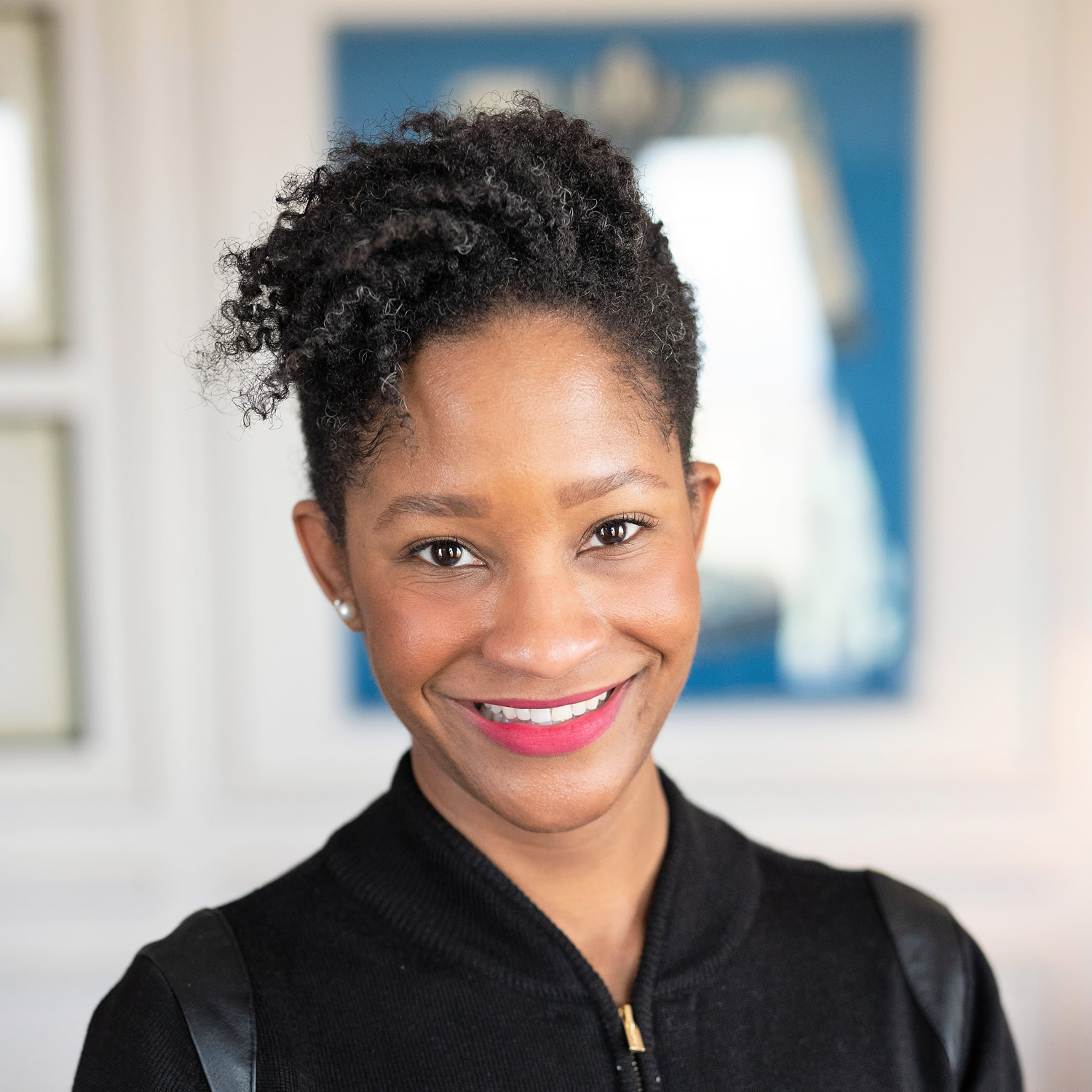Generation Z... They're Here!

At times, the term "millennial" is tossed around like a pseudonym for anyone in their early 20's. However, most millennials are in their early and mid-thirties and starting families of their own. The early cohorts of Gen Z will be graduating from college and entering the workforce in droves! According to the U.S. Census Bureau, in the United States Gen Z makes up 25% of the population, outnumbering Millennials and Baby Boomers. In 2015, Forbes estimated 15% of Generation Z are in college, another 10% in some stage of vocational education, 3% in graduate school and at least 3% have already joined the workforce.
Millennials were raised by baby boomers who taught that everyone was a winner however, Gen Z are predominantly products of Gen X, the latch key kids that don't believe in participation trophies. So who are these new kids on the block? Well for one... they are not millennials.
Jaclyn Suzuki, Creative Director of Ziba Design, states that Gen Z, "has remarkably different views on themselves, society, products and services than any past generation including the close-in-age millennials." Gen Z will be the most ethnic and gender diverse generation with fluid family and demographic identities. We can expect this generation to be more private. Gen Z has been taught by their parents to be cautious about the internet and not to over share - that's why apps like SnapChat with a limited lifespan are more popular among Gen Z than Instagram. Even though they will be more private they will also be the most technically savvy generation.
What will this mean for your EHS&S programs? Let's start with attracting and engaging talent. If you are not being transparent, then you are already behind. For a generation that clearly views itself with multiple identities, organizations must be very clear on who they are and what they stand for. This post-millennial generation will be extremely smart and insightful and will quickly recognize and publicly call out insensitive or disingenuous organizations. Are you only making the best products and services in the world - or are you also making the products and services that make the world better?
Take a gut check, how are you and your team showing up as EHS&S leaders? Is there authenticity in your leadership style? Do you care personally and challenge directly as Kim Scott offers in her book Radical Candor? Leadership hierarchy and check and balances are important in an organization and it will be important to communicate the structures that exist in the organization. However, an EHS&S leader will need to be able to engage Gen Z with a seat and a voice at decision making tables and provide them authority building learning opportunities - including and expecting some to result in cheap and fast failures.
In a recent global study by Nielsen, Gen Zers, are willing to pay more for products and services that come from companies who are committed to positive social and environmental impact. This is a very important call out because learning from the financial mistakes of Millennials, Forbes notes that G Zers are cautious with their money, are more likely to save and less likely to make impulse purchases. To this end, Gen Z may also have a few income generating side hustles which will be important to keep in mind as you consider employee retention. As the FIRE movement (Financially Independent, Retire Early) begins to gain more and more traction, employees are beginning to position themselves to have more freedom to choose when and where they want to work.
What work/life harmony can your EHS&S programs offer? Are you as well as your organization being creative and flexible with technology, work hours, work locations and flex time? A new young, excited, post 9/11 generation that feels personally responsible for saving the world will soon be, if not already joining your organization. What do you do?
- Be prepared to be challenged. This generation will have had more access to media and information than any generation before and will not be afraid to dig deeper and expect more. You will need to be prepared to answer more questions and lead with authentic and people-focused answers. Telling is not educating and communication is never one-sided. Frank and candid conversations are not taboo and work styles including locations and times may look very different than what you have been accustom to in the past. Are you open to being challenged?
- Be prepared to challenge them. As they will have high expectations for you, you must also expect more of them. There will be a lot of things they will not know. Be willing to share the ground work of how things were done and share past experiences. Challenge them to work within and beyond the systems of your organization. Give them the autonomy and authority to identify and more importantly develop plans to solve simple and complex problems. Support them, even through their failures. Challenge them with a seat and voice at the table. Will you challenge them to think critically and speak up?
- Be prepared to challenge your organization. Social issues such as human trafficking and child labor as well as zero landfill and carbon offset programs will not be viewed as separate initiatives. Gender-neutral restrooms, flexible family leave time... Gen Z will push you to look closer and do more. Not only will your programs grow and expand with new thought, the way you work will as well. Are you ready to push your organization to do more?
In short, mistaking Gen Z for millennials will backfire. Many millennials can reminisce on a world before smartphones but Gen Z grew up in a connected, Wi-Fi world. With that in mind, connection is the key. Managers will need to connect personally to their employees and programs to be sustainable. Companies must know who they are and what they stand for and EHS&S leaders will need to challenge and be challenged - anything less than authentic will be unacceptable.
Related
About the Author

Drena Howard
The Estée Lauder Co.'s Inc.
Drena Howard is the Director of Global Retail Environmental Health & Safety at The Estée Lauder Companies, where she leads EHS training, education, communication and sustainability initiatives for the ever- growing global retail channel. Drena is currently a member of the Board of Regents for the National Association of Environmental, Health, Safety and Environmental Managers. She is a Board Certified Safety Professional and holds a Master of Environmental Management (’05) and Master of Public Health (‘06) from Yale University. In 2014, she was awarded the ‘Rising Star of Safety’ by the National Safety Council.

